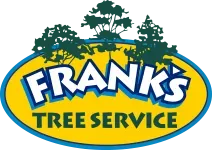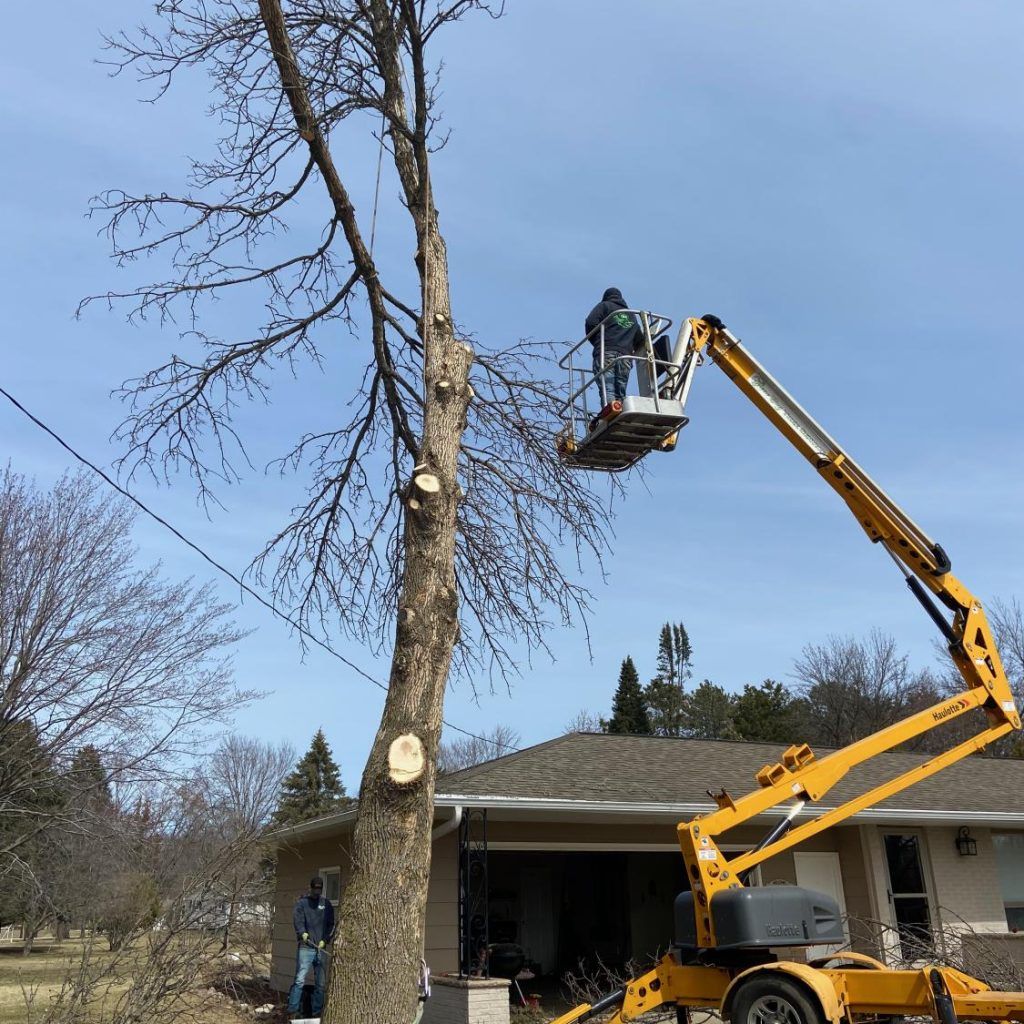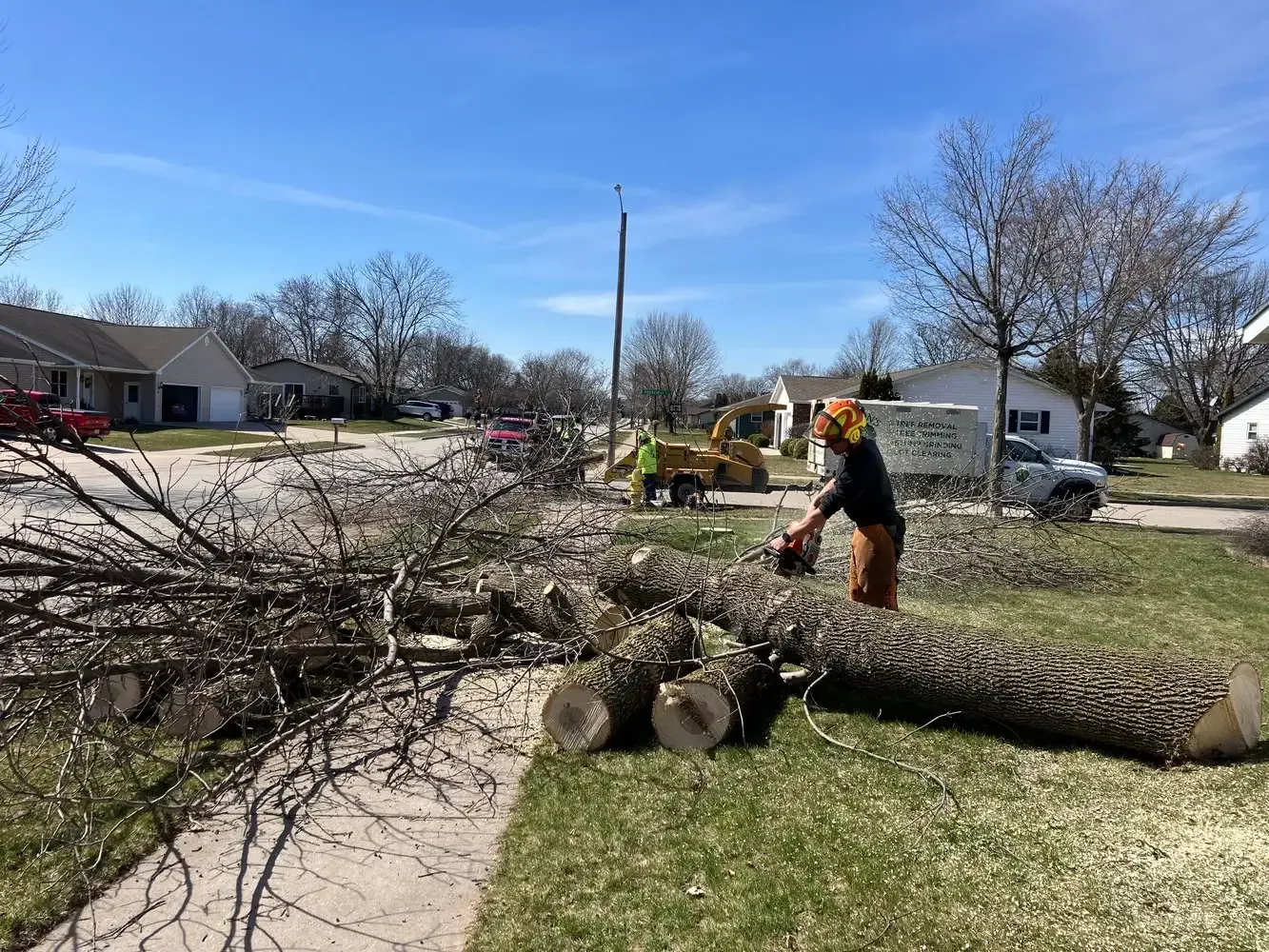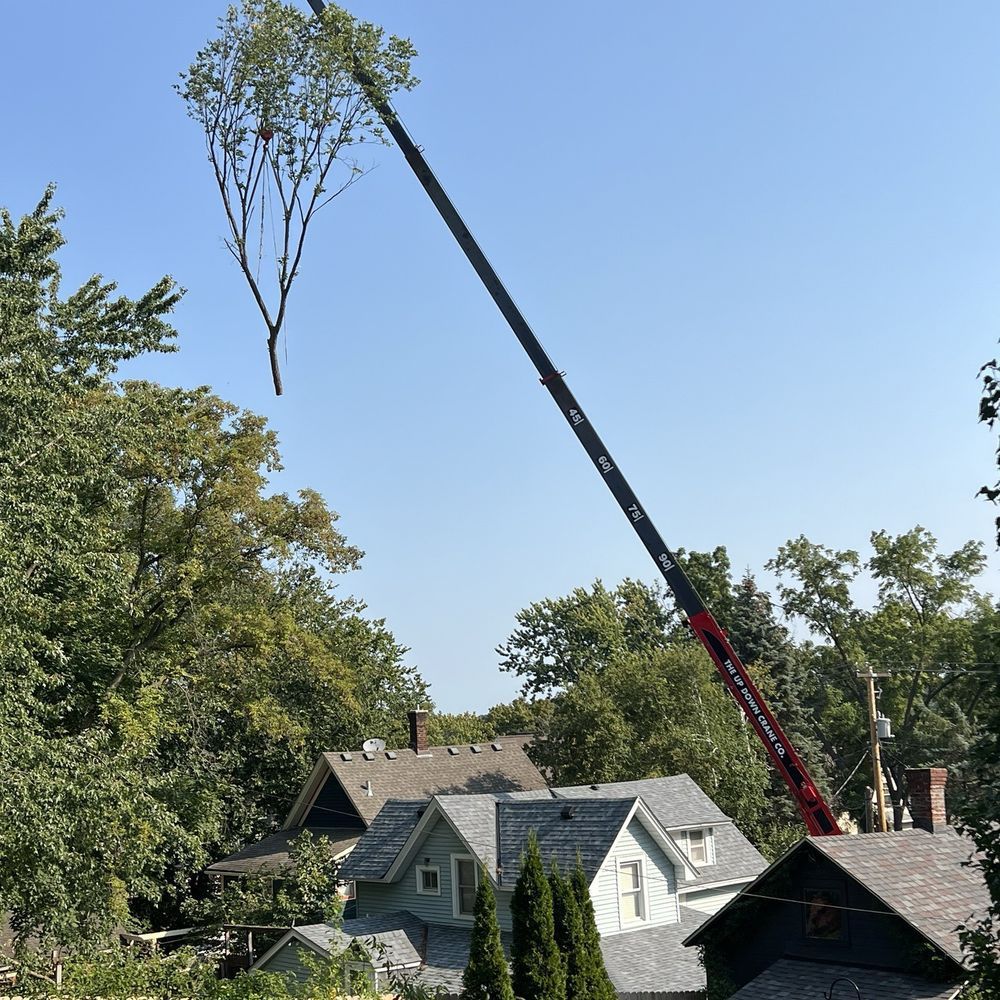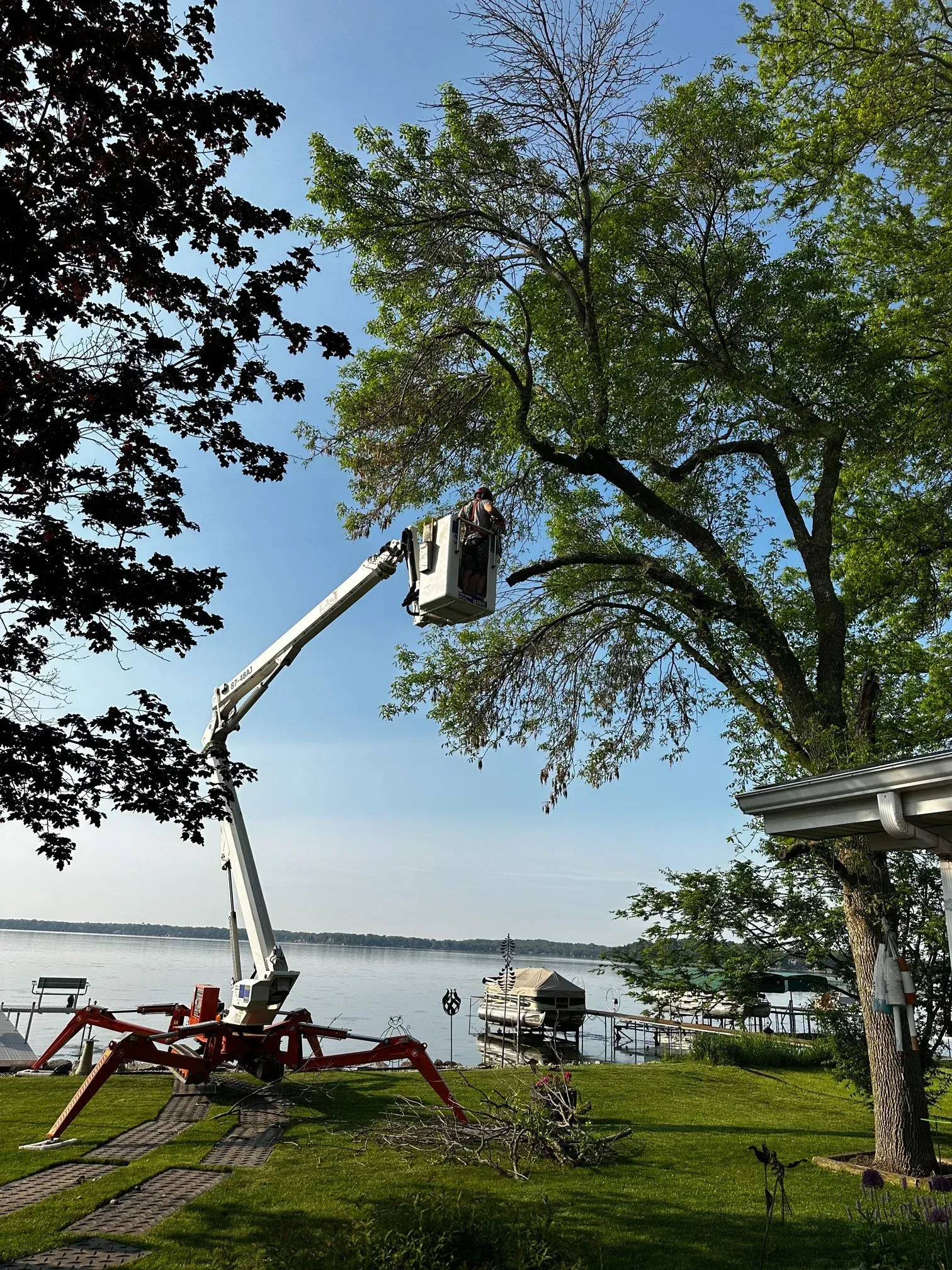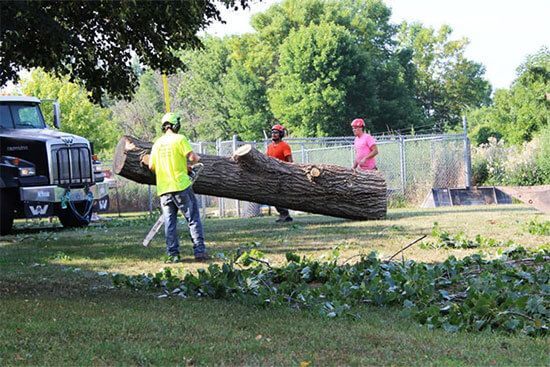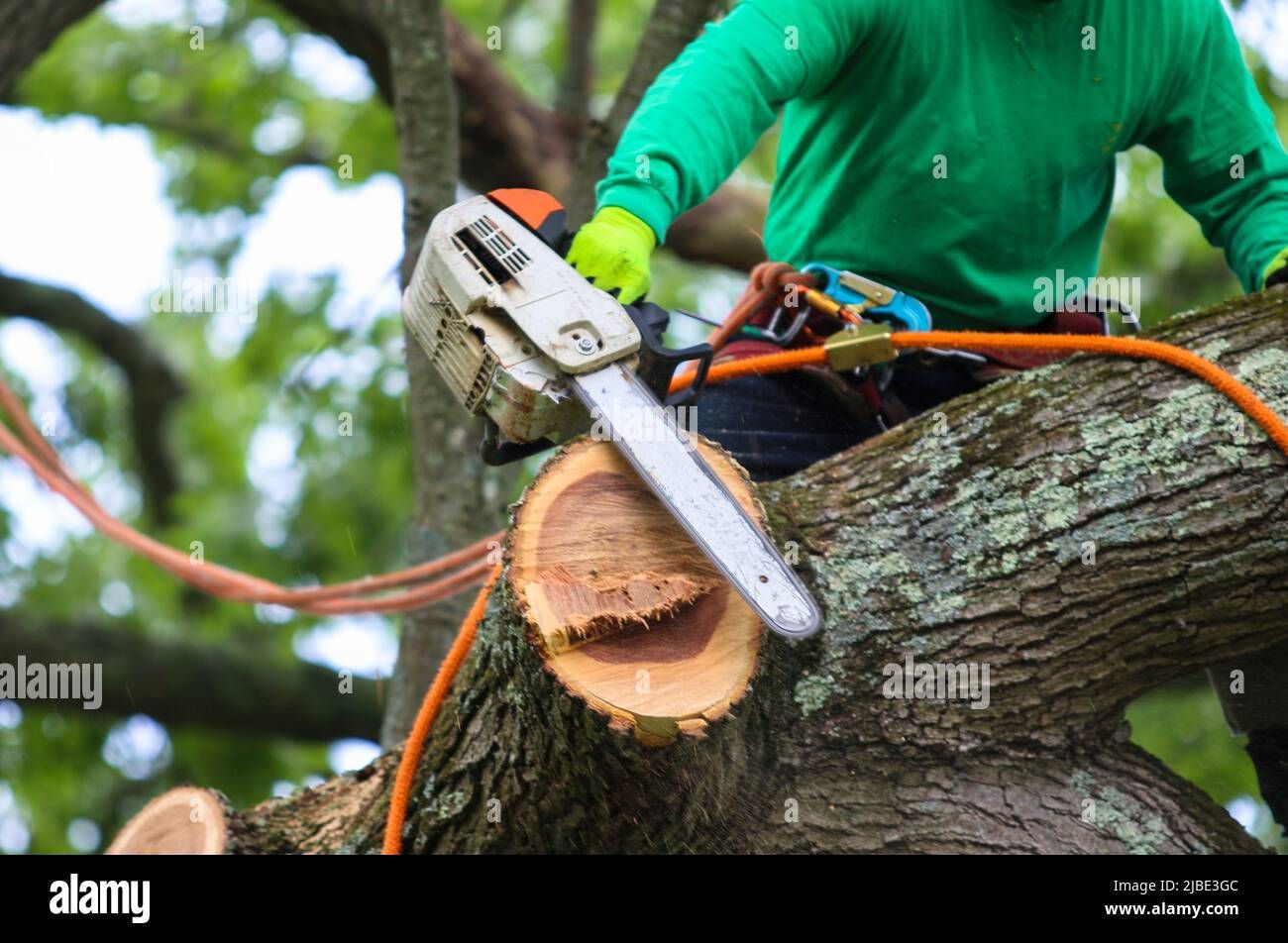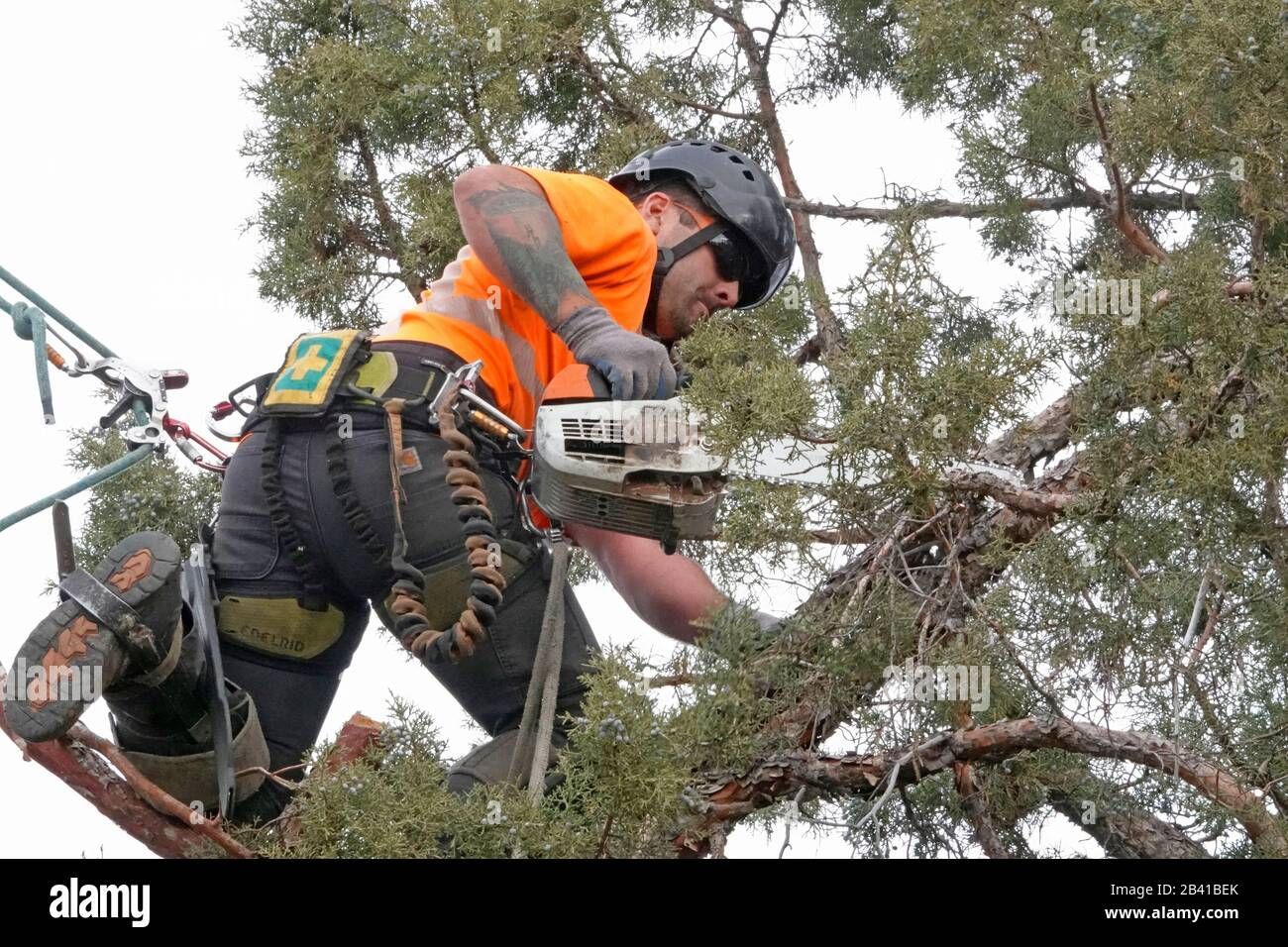Tree Trimming vs. Tree Pruning: What's the Difference and When to Do Each?
When it comes to tree care, the terms "trimming" and "pruning" are often used interchangeably. But despite their similarities, these two practices serve distinct purposes and involve different techniques. Whether you’re looking to enhance your property's curb appeal or maintain healthy, storm-resilient trees, knowing the difference is essential. Frank’s Tree Service in Cedar Rapids and Iowa City is here to help you understand when—and why—you should trim or prune your trees.
What Is Tree Trimming?
1. Definition and Purpose
Tree trimming focuses on aesthetics and size management. The goal is to shape the tree, control overgrowth, and improve overall appearance.
2. Common Scenarios for Trimming
- Overgrown limbs encroaching on structures or pathways
- Trees that block sunlight to gardens or homes
- Enhancing the landscape’s visual symmetry
3. Tools Typically Used
- Hedge trimmers
- Loppers
- Pole saws for tall branches
What Is Tree Pruning?
4. Definition and Purpose
Pruning is a more targeted approach aimed at improving tree health. It involves removing dead, diseased, or structurally weak branches to promote strong growth and reduce hazards.
5. Common Scenarios for Pruning
- Removing diseased or insect-infested branches
- Eliminating crossing or rubbing limbs
- Enhancing airflow and sunlight penetration within the canopy
6. Tools Typically Used
- Pruning shears
- Pruning saws
- Chainsaws for large limbs
Key Differences Between Trimming and Pruning
7. Aesthetic vs. Health
- Trimming = cosmetic
- Pruning = corrective and preventative
8. Frequency
- Trimming is often seasonal or annual for appearance.
- Pruning is done as needed, often less frequently, depending on the tree’s condition.
9. Impact on Tree Growth
- Trimming controls size and shape.
- Pruning stimulates healthy growth and structure.
Timing: When to Trim Trees
10. Late Winter to Early Spring
Best for most trees before new growth begins, allowing for a strong growing season.
11. Mid to Late Summer
Ideal for trimming fast-growing species or maintaining shape during the growing season.
12. Avoid Fall
Trimming in fall can expose trees to fungal infections and reduce energy reserves before dormancy.
Timing: When to Prune Trees
13. Dormant Season (Late Fall to Early Spring)
This is the safest time to prune most species, especially large trees and fruit trees, as it reduces sap loss and minimizes stress.
14. Immediately After Damage
Pruning damaged or diseased limbs should be done right away to prevent further decline or spread of disease.
15. Species-Specific Exceptions
Some flowering or fruiting trees benefit from post-bloom pruning to encourage future flowering.
Risks of Incorrect Timing or Technique
16. Over-Trimming
Excessive trimming can stress trees and reduce their energy reserves, making them vulnerable to pests.
17. Improper Pruning Cuts
Wrong cuts can lead to decay, disease entry points, and disfigured growth patterns.
18. Topping Trees
Never top a tree (removing the upper trunk or large limbs indiscriminately). This weakens structure and leads to hazardous regrowth.
Benefits of Regular Trimming and Pruning
19. Enhanced Safety
Regular care reduces the risk of falling branches during storms.
20. Improved Tree Longevity
Healthy trees live longer and provide consistent shade, shelter, and beauty.
21. Better Curb Appeal
Well-maintained trees improve your property’s visual appeal and increase its value.
DIY vs. Professional Services
22. When You Can DIY
- Small ornamental trees or shrubs
- Low, accessible branches with proper tools
23. When to Hire a Pro
- Large trees
- Storm-damaged or diseased trees
- Trees near power lines or structures
Why Choose Frank’s Tree Service
24. Certified Arborists
Our team is trained to assess tree health and apply correct trimming and pruning techniques.
25. Local Expertise
We understand the climate, soil, and tree species common in Cedar Rapids and Iowa City.
26. Comprehensive Tree Care
From assessment to cleanup, we handle everything with safety and precision.
Conclusion
While tree trimming and pruning might seem similar, each serves a unique purpose in your tree care routine. Understanding the difference helps you make informed decisions about your property’s trees and ensures they remain healthy, safe, and beautiful. For professional tree trimming and pruning in Cedar Rapids and Iowa City, trust the experts at Frank’s Tree Service.
Contact Frank’s Tree Service Today
Phone: (319) 366-4747
Website:
www.frankstreeservice.net
Service Areas: Cedar Rapids, Iowa City, and nearby communities
FAQs
1. Can I trim and prune my trees at the same time?
Yes, but it depends on the tree's health, species, and time of year. Consult a professional for guidance.
2. How do I know if a branch is dead or diseased?
Look for brittle texture, discolored leaves, or fungal growth. A scratch test can help — no green tissue means it’s dead.
3. Will pruning hurt my tree?
If done correctly, pruning benefits the tree. Poor pruning, however, can be harmful.
4. How often should I trim or prune my trees?
Trimming is often annual for appearance; pruning may be every 2–5 years depending on species and condition.
